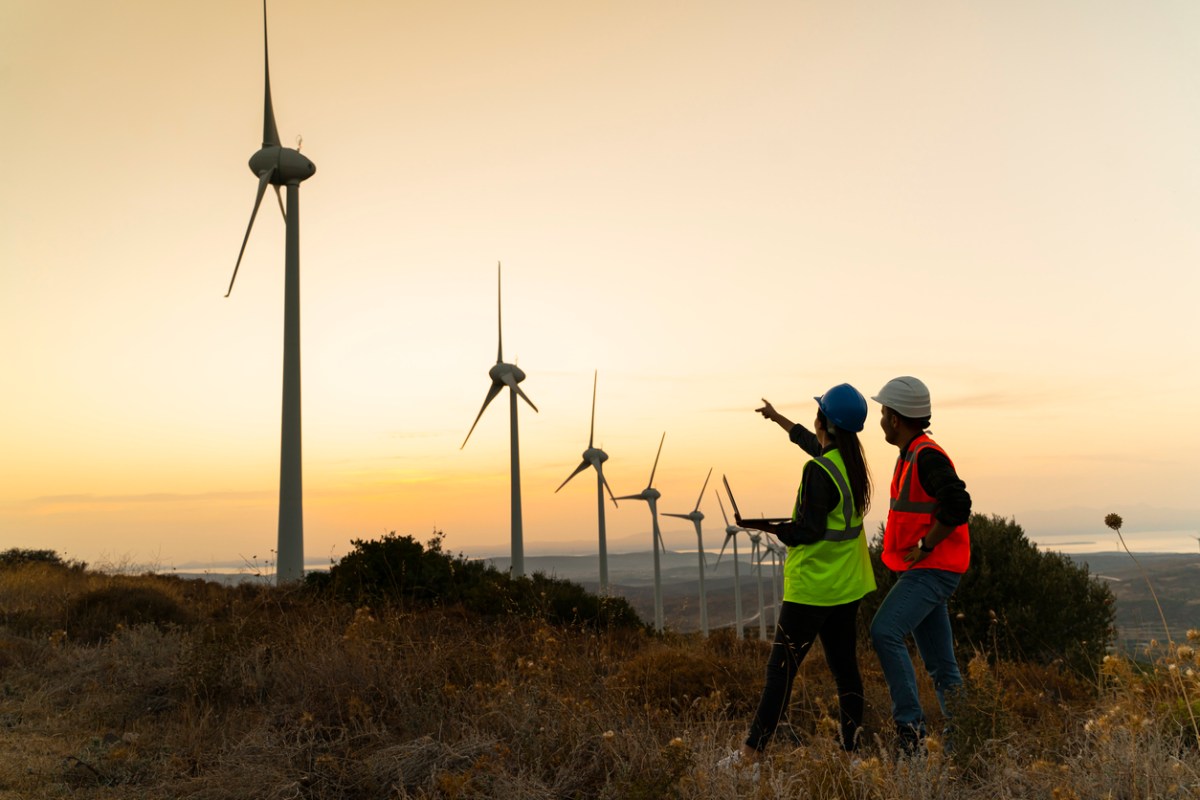SwitchDin is at the centre of a diverse mix of stakeholders, all linked to the electricity grid, but not always operating with optimum efficiency.
OnImpact spoke with Andrew Mears, CEO and Founder of SwitchDin, about company growth and their role in using software to and intergrate the core elements of a future-focussed grid.
What does your business do, and who are your customers?
SwitchDin develops software solutions that help to accelerate the transition to clean, efficient energy services for all.
We do this by giving energy companies the tools they need to securely integrate and manage distributed energy resources (DER) like rooftop solar, batteries and electric vehicle chargers.
SwitchDin’s direct customers are a combination of utilities (network operators), electricity retailers as well as commercial and industrial businesses which are looking at DER assets as new value streams and opportunities,
We work with some of Australia’s biggest energy companies, including; Origin Energy, Simply Energy, Synergy, Western Power, Energy Queensland and SA Power Networks. Our aim is to build the grid of the future and set the global standard for DER management.
What’s the core problem you’re trying to solve?
The rise of customer-owned distributed energy resources (DER) like rooftop solar, battery storage and electric vehicles has revolutionised the way we think about producing and consuming energy, but the design of our energy system has not kept pace with the speed of this change.
For example, of the over three million rooftop solar systems installed in Australia, the vast majority of these are basically invisible and unmanageable, which can lead to challenges with energy system reliability, negatively impact net zero emissions goals, and result in unfair outcomes for solar system owners. The tsunami of incoming electric vehicles will cause similar challenges for our grid operators.
Our solutions are helping to more than double the amount of rooftop solar that our grids can accommodate, and turn electric vehicles, battery storage and other types of devices into a living, breathing part of how our grid works – while also making our energy systems more secure and equitable for everyone who uses or generates electricity.
How have you seen investor interest in the climate-tech space develop in the past 5 years
The explosion of the climate tech investor space in the last two years has signalled a profound shift in interest in this area.
Previously it was considered as a niche in the impact investor group, but now it is squarely on the radar with mainstream investors.
We’re still seeing some differentiation between climate tech and the circular economy approach, though we also see a merging of these areas as the climate imperative strengthens the business case.
What support (from Government or other stakeholders) would help accelerate growth in the climate-tech space?
Clear policy signals around national and state commitments to climate change mitigation targets and adaptation plans would make a huge difference in accelerating growth in the sector. This would include strategy but also policy instruments. These would include incentives such tax credits / subsidies, combined with the removal of subsidies on fossil fuels (including rural diesel), EV emission standards and other related approaches.
More broadly, we’re seeing a shift in economic development strategy and incentive programs towards climate tech, including sectoral strategies promoting net zero emissions agendas.
Was there a business (either local or globally) that influenced the development of your organisation?
One of SwitchDin’s first major contracts was with Ergon Energy for a residential battery orchestration trial. The team that we worked with on this project subsequently became Yurika, which is the unregulated arm of Ergon Energy. This work demonstrated our value proposition for Australia’s distribution networks, who are transforming their business models as the move to support the explosion of distributed energy resources and the impact on their systems.
What’s in store for your business in 2022?
So far in 2022 the SwitchDin team has grown by over fifty per cent – and we’ll be expanding further in 2023.
To accommodate this growth and extend our engineering team’s capabilities, we will be moving into a bigger office with a larger lab. All the while, we are growing our networks and opportunities in overseas markets that benefit from our learnings here in Australia, including the US, New Zealand and Europe.

